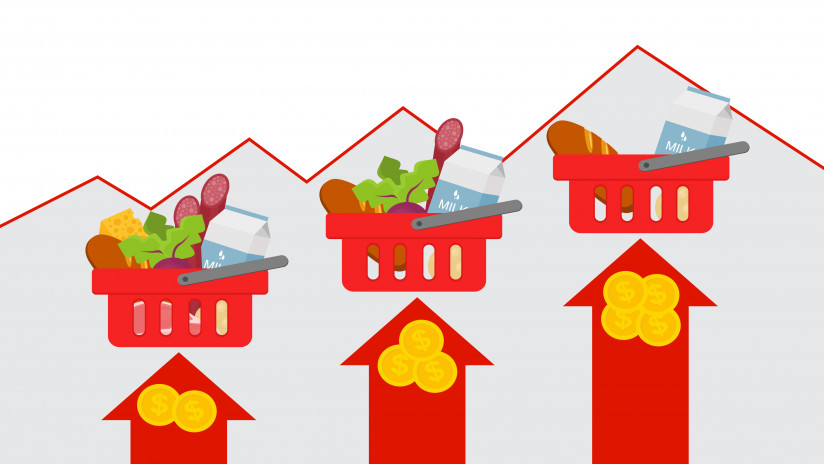The graduates of the "Young Economists" training of the Institute of Democratic Initiatives (IDI) have prepared a policy paper on the assessment of food inflation in Azerbaijan.
In the first section of the study, inflation processes in Azerbaijan were investigated. In this framework, inflation measurement methods and inflation trends in the country over the last 20 years were studied. The document uses tables and infographics to depict the current situation in this area. From the published indicators, it is known that the current inflation rate recorded in the country is the highest rate recorded since 2008, when the global financial crisis was experienced.
In the second part of the study, the factors causing inflation in Azerbaijan are analyzed. The primary causes of the nation's current high inflation indicators have been determined to be the following:
- Challenges caused by pandemic restrictions
- Increase in transportation costs
- Effects of climate change
- Russia-Ukraine war
The third section of the study goes into great detail about the customs system that exists in Azerbaijan at the moment and how the mechanisms that are in place have an impact on price increases. At the same time, it is looked into how changes in fiscal and monetary policy affect changes in prices across the nation. The data shows unequivocally that Azerbaijan has the highest average taxes in the area.
The fourth part of the study deals with the methodological problems of inflation calculation. This section reviews the general approaches used in the calculation of inflation, and provides information on the Laspeyres, Pache and Fisher indices and their calculation. According to the results of the research, the decrease in quality indicators of inflation in Azerbaijan is related to the following:
- Methodology for determining the specific weights of goods and services in the consumption basket;
- The number of representative goods and services in the consumption basket;
- The weight of representative goods and services in the consumption basket.
